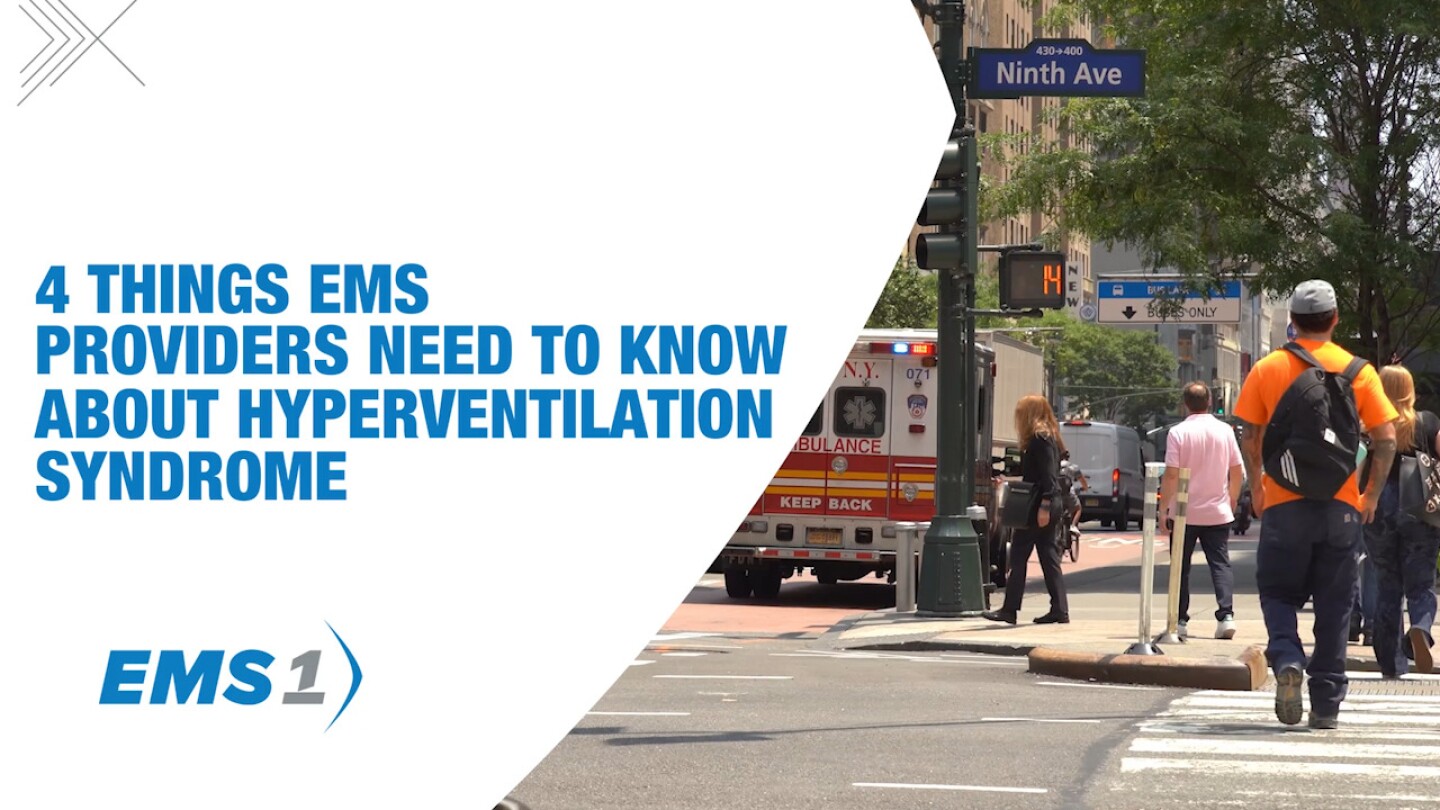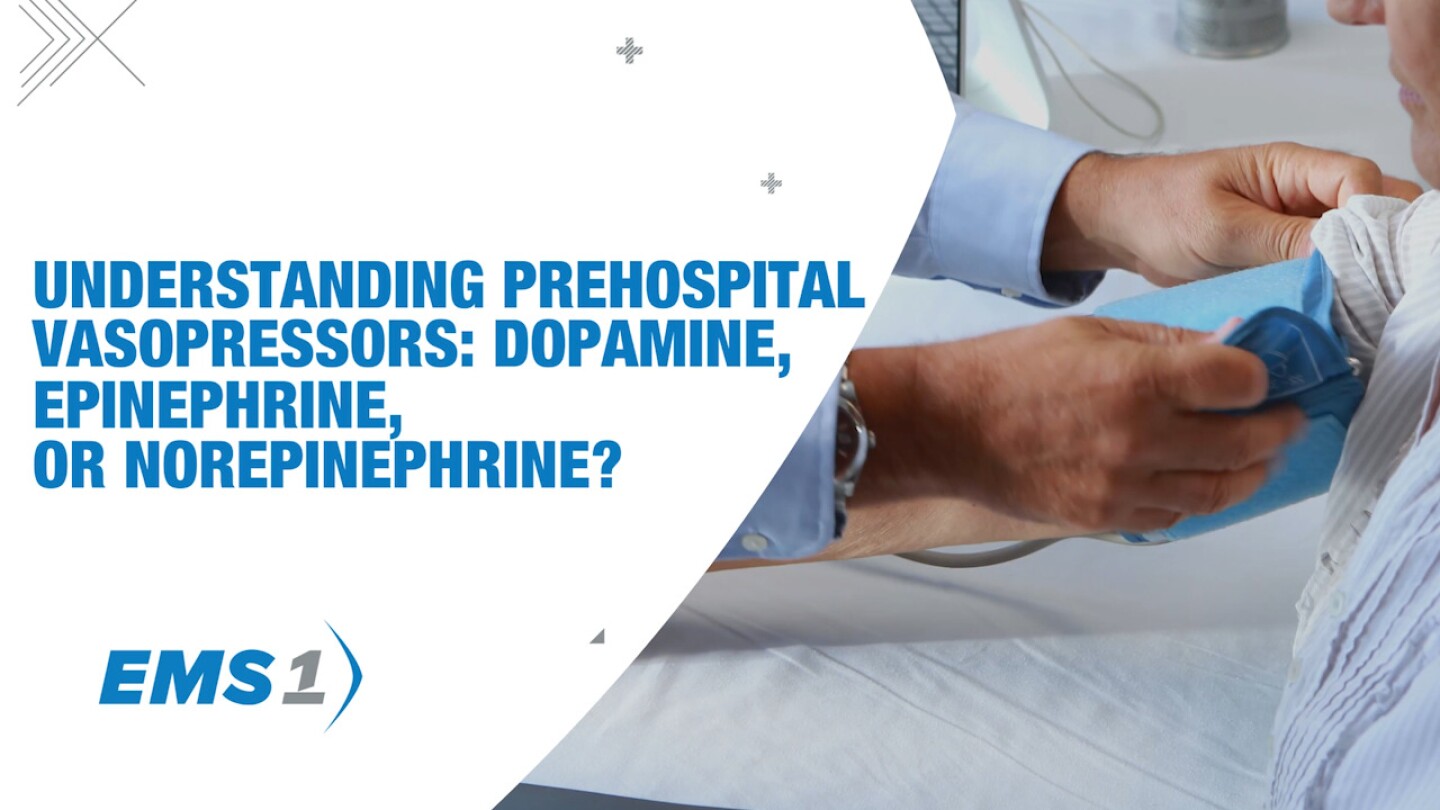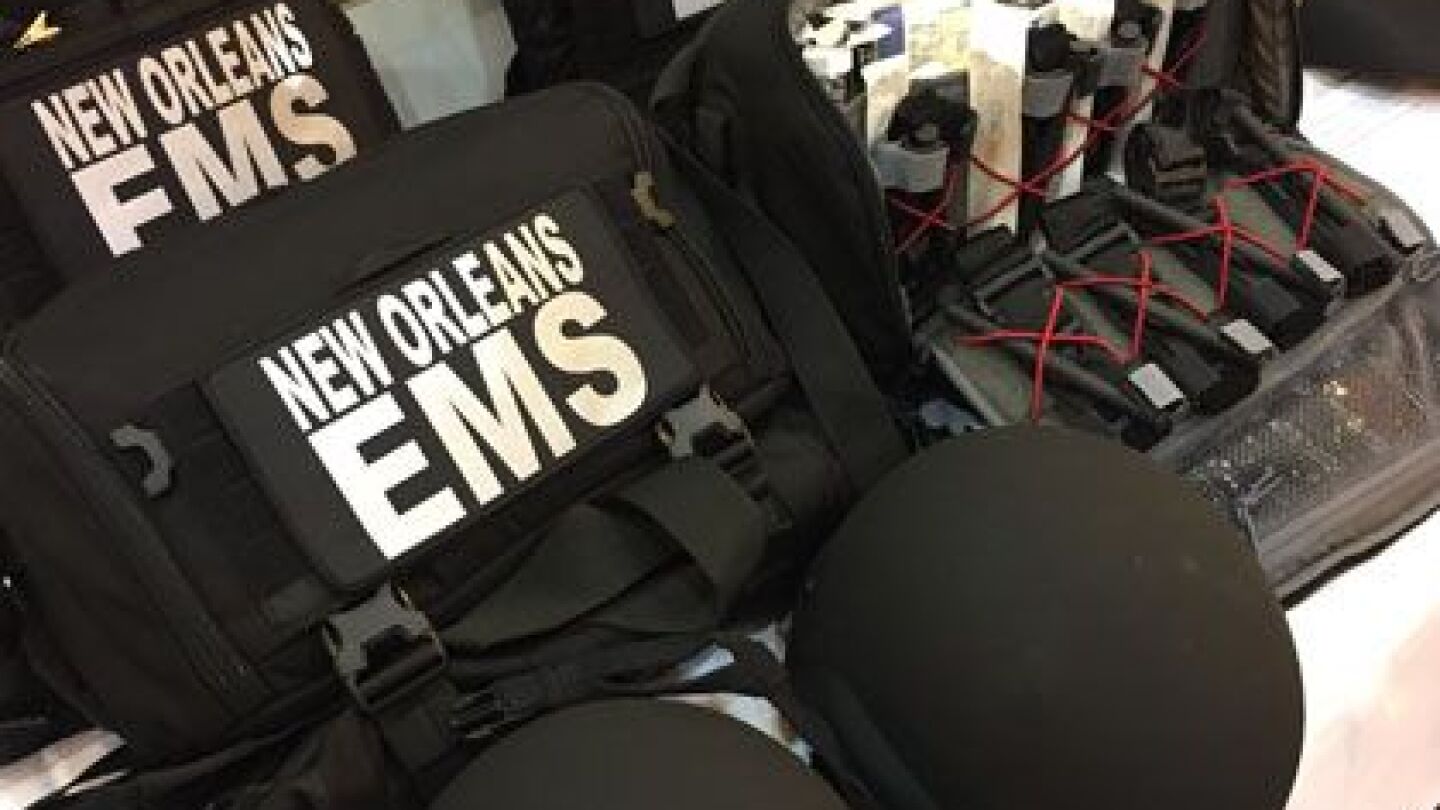Clinical
Access our directory of clinical articles in EMS, which offers in-depth information on patient assessment, treatment protocols, and emerging medical practices. This collection covers various clinical topics essential for EMS professionals, from advanced pharmacology to trauma management. Staying up-to-date with clinical knowledge is vital for delivering high-quality patient care. For additional resources, explore our section on Medical Research. Enhance your clinical expertise with our expert-driven content.
Know the risk factors and how to implement a screening tool during patient transports
Steve Whitehead shows you how to use the device that simplifies those difficult breaks and dislocations
Learn about two of the most common NMBAs used in EMS and how each impact intubation decisions during advanced airway management
Exploring a new application for capnography in the prehospital setting
Jimmy Kimmel’s story reminds us of the breadth of EMS’ commitment to our patients
A new study highlights the benefits of the drug to treat opioid-related OHCAs
EKG Monitoring
Learn what to look for, including an extra notch within the T-wave, to identify atrial tachycardia
Anxiety and emotion can spiral into respiratory compromise that is self-reinforcing, frightening and an EMS-treatable emergency
Understand the role of pulse oximetry and waveform capnography to assess and treat patients who are hyperventilating
Which vasopressor to use, when to use them and what to watch out for
5 patient communication strategies to improve response to interventions, increase patient satisfaction and outcomes, and decrease job-related stress
5 insidious partner issues to avoid so that patients feel safe in our care
Gaining patients’ confidence can be achieved by deliberate actions, like connecting with caregivers, as well as small subtleties, like body language and facial expressions
Put yourself in the patient’s position to gain an understanding of how their fear may complicate your interventions
Including clear, complete documentation in your patient care report is a critical component of patient care
The balance between the sympathetic and parasympathetic nervous system keeps our automated body functions working properly
Use the chronological approach to tell a vivid story about a patient encounter, the care provided and your competence as an EMS provider
It may not be poor brain integrity that is causing a lack of response to a sternum rub, but an inadequate length of time the sternum rub is applied
Because most EMS providers infrequently encounter sick pediatric patients, it is important to regularly refresh knowledge of anatomy, pathophysiology and life-saving treatments
Healthcare providers should be aware of mpox symptoms and how to properly treat patients
Fluid, dosing and airway considerations to prevent RV ischemia
Steve Whitehead shares how to assess that patient with weird, vague complaints
When you’re on an operation and you can only take what you can carry, what do you choose?
Applying the Hierarchy of Controls to the current U.S. H5N1 outbreak, bird and swine flus
This user-friendly resource aims to address a gap in PPE selection and enhance safety culture
Plum EMS use cases demonstrate when the risk of using L&S is lower than the risk of delaying a lifesaving intervention
Props and tricks can add creativity into your next airway management adventure during simulation or on the job
Steve Whitehead shares his thoughts on how to handle family members during a cardiac arrest






























